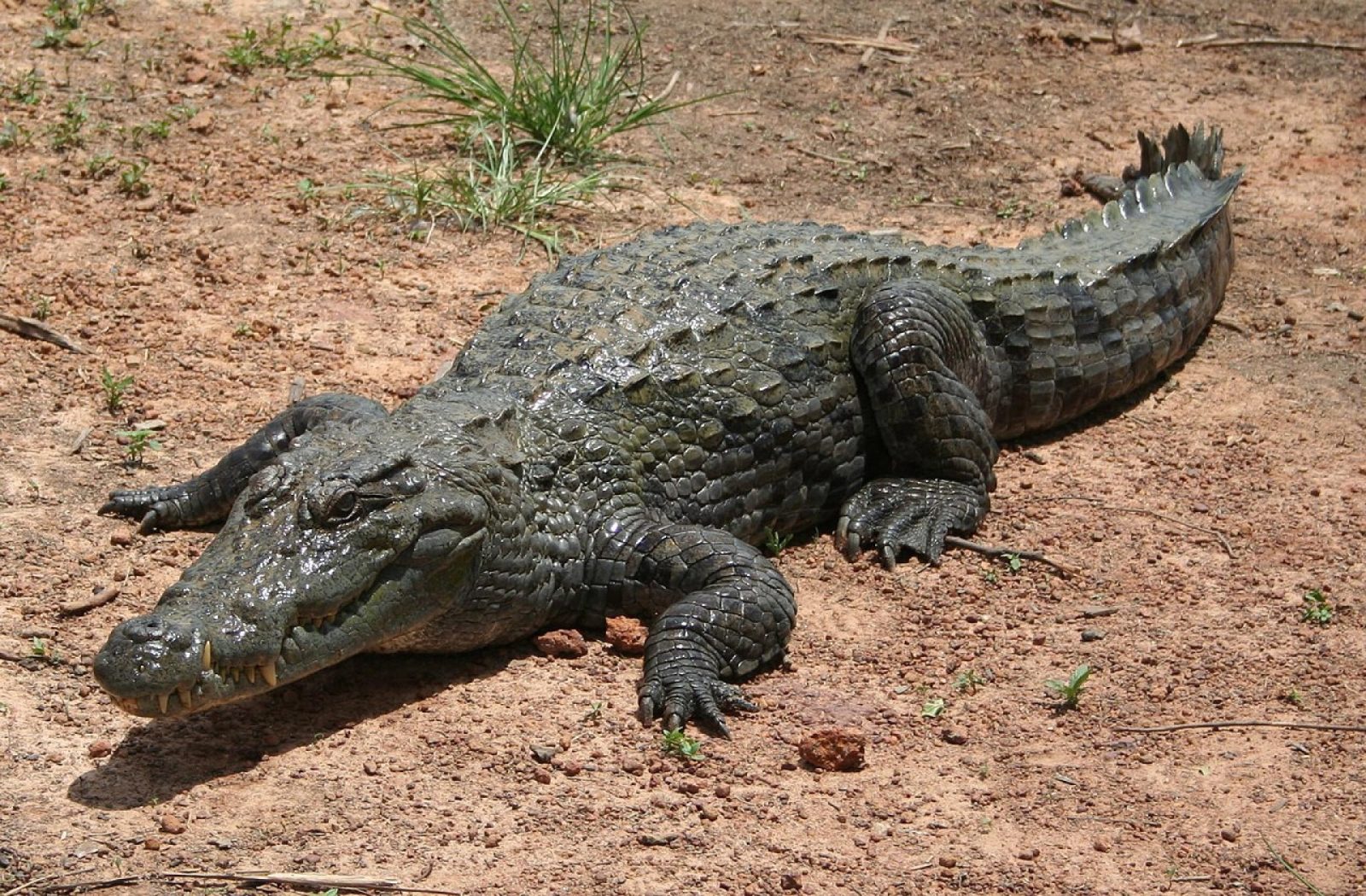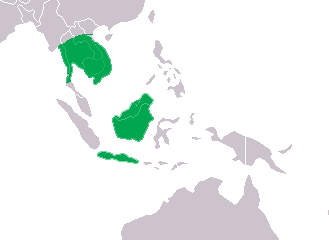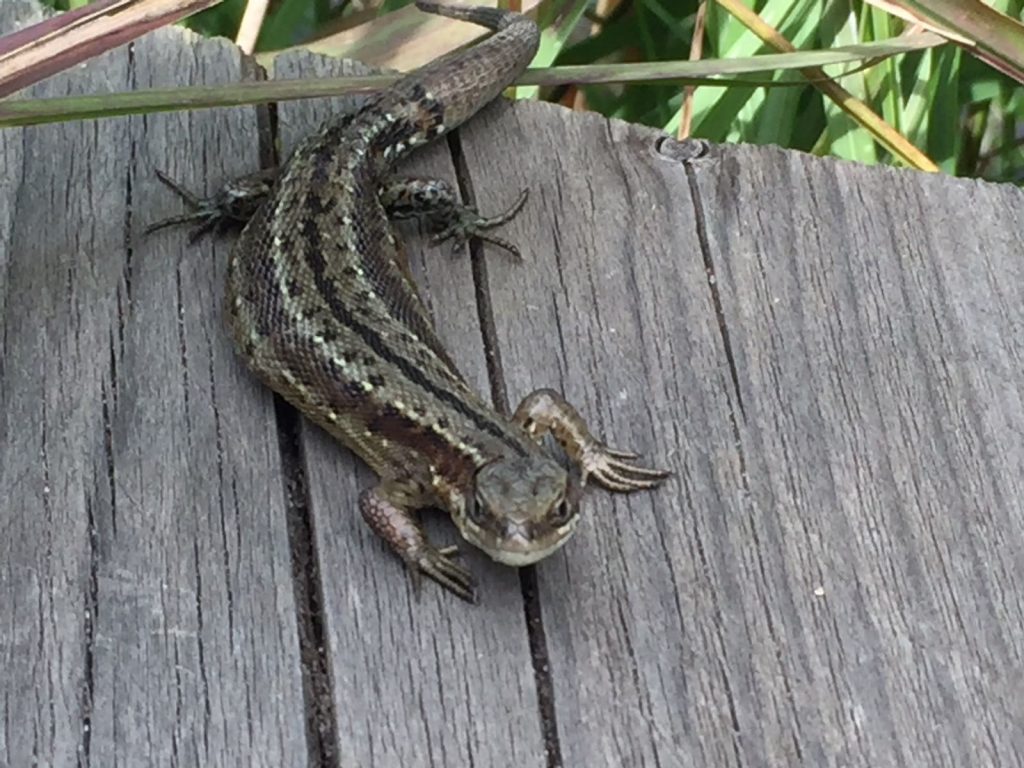
A hugely wide ranging family, with over 7000 species, they are well known. Oddly, snakes are actually a sub-family of lizards, but will be dealt with separately. With this many species, there is a large amount of variation, and any family tree looks very messy. As such I will set it up differently, and as pages are created they will be linked in the right place.
The first split in the tree is between Dibamia and Bifurcata. These branches are not evenly balanced. Dibamia contains just one family Dibamidae, which is the family of blind skinks. They have become elongated and look quite like a worm or a snake. Indeed, while males retain flap-like arms, females have completely lost any remaining sign that they once had limbs. This consists of 2 genus, Anelytropsis which only contains one species Anelytropsis papillosus and the genus Dibamus which contains 23 species.
Given this family contains 7000 species it is likely that there will never be a page for each species, however when they do get created, they will be linked to the pictures below – so to view any pages that have been connected simply click on the corresponding photo.
Bifurcata is split into 2 families
Gekkota which is the Gecko family and contains 1000 species and Unidenta, which contains the rest of the family – known as Unidenta (look at next text box)
Unidenta is split in 2. One branch contains just one family Scincoformata – which is skinks and their closest relatives and Episquamata which contains the rest of the family (look at next text box)
Episquamata contains 2 groups: one branch contains Laterata which is a group of Squamate reptiles containing Lacertidae, Telidae, Gymnophthalmidae and Amphisbaenia the other branch is Toxicofera (one who bears toxins) which includes the rest of the family (look at next text box)
Toxicofera contain 2 different groups, one branch Serpentes – not considered to be lizards, and dealt with in a separate section (click here to reach the Snake page). This includes 3000 species. The other branch immediately splits and these 2 branches are Iguania ( iguanas, chameleons, agamids, and New World lizards like anoles and phrynosomatids) which contain 1500 species and Anguimorpha (containing 350 species in 92 genera and in 12 families)


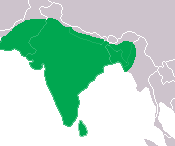
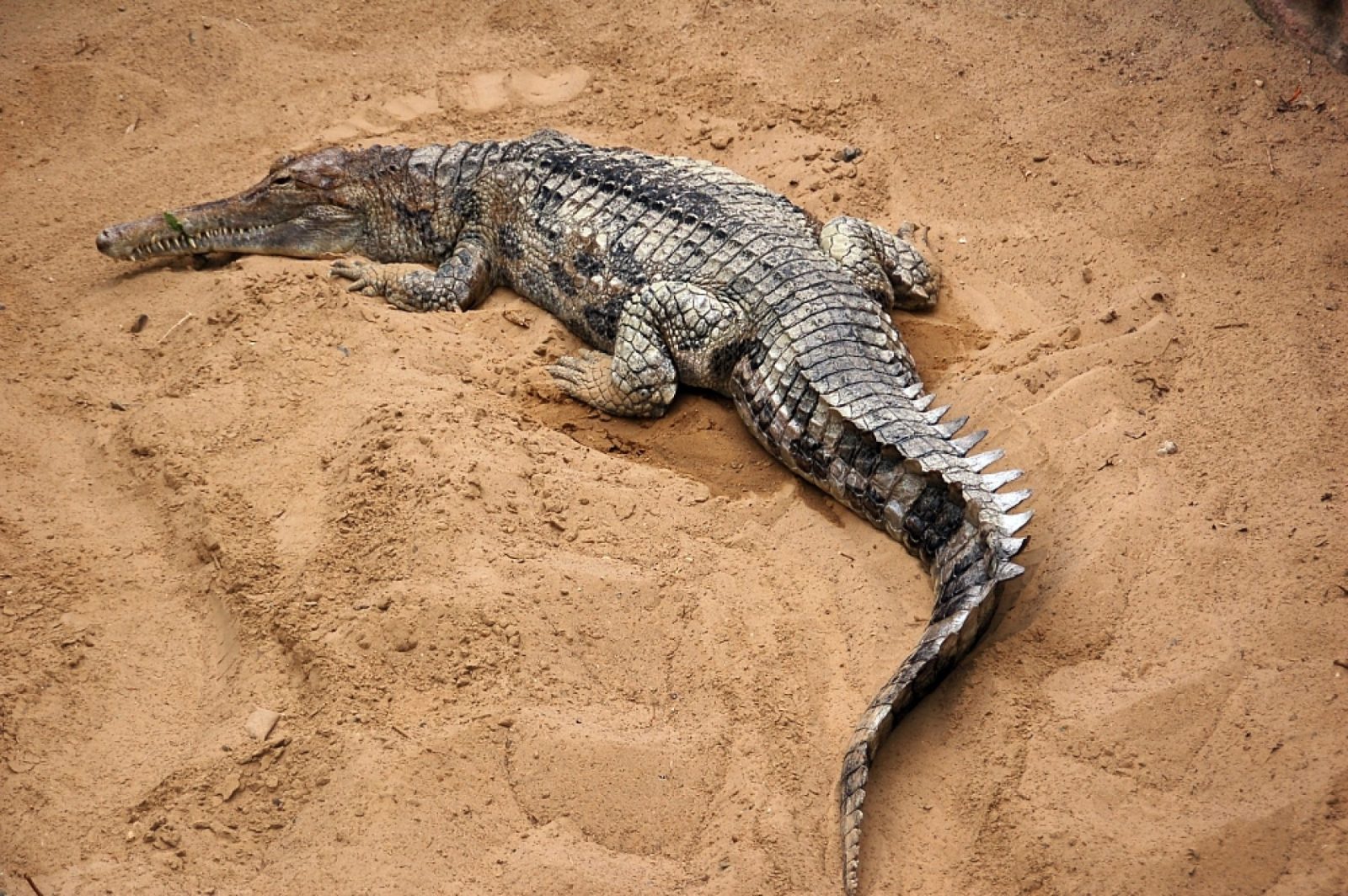
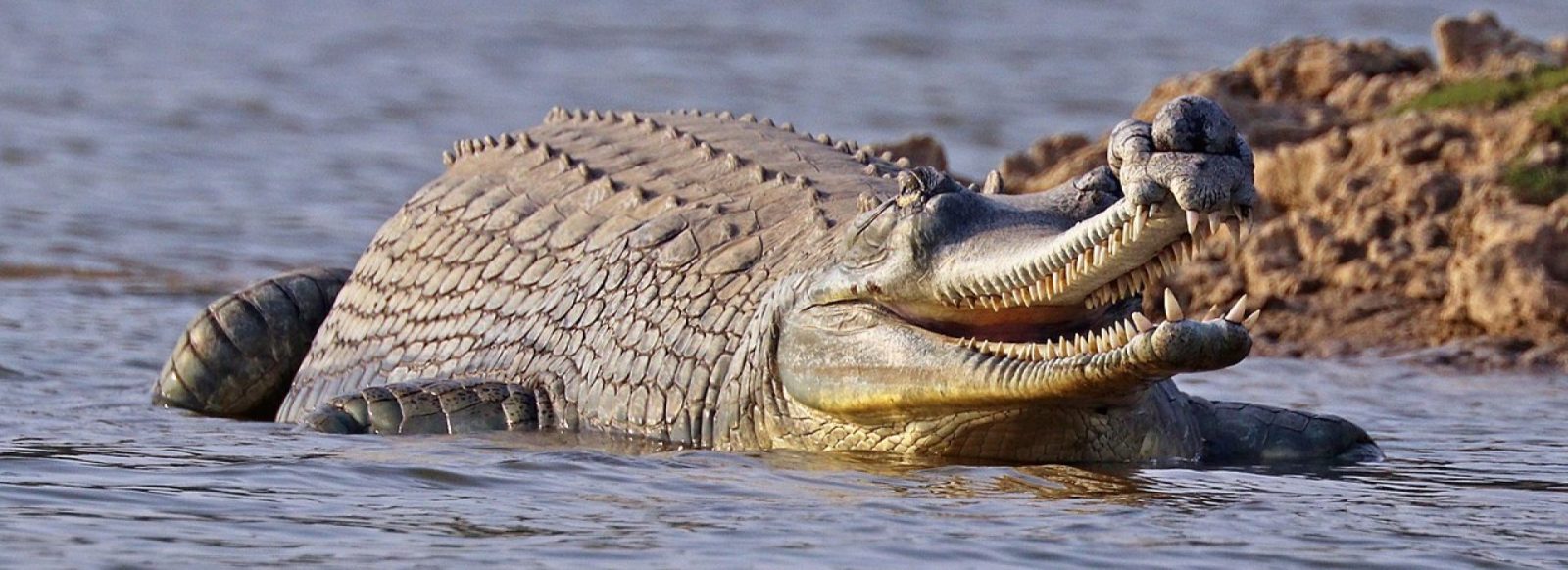
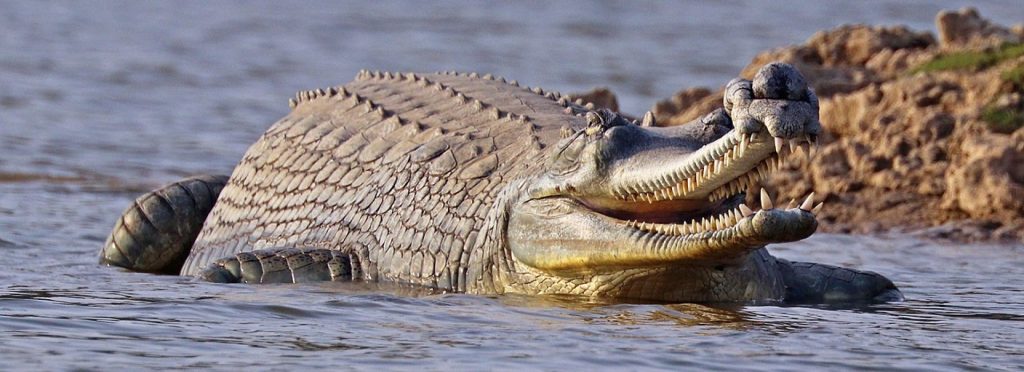
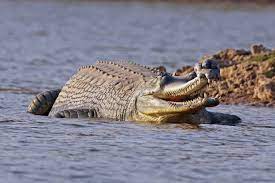
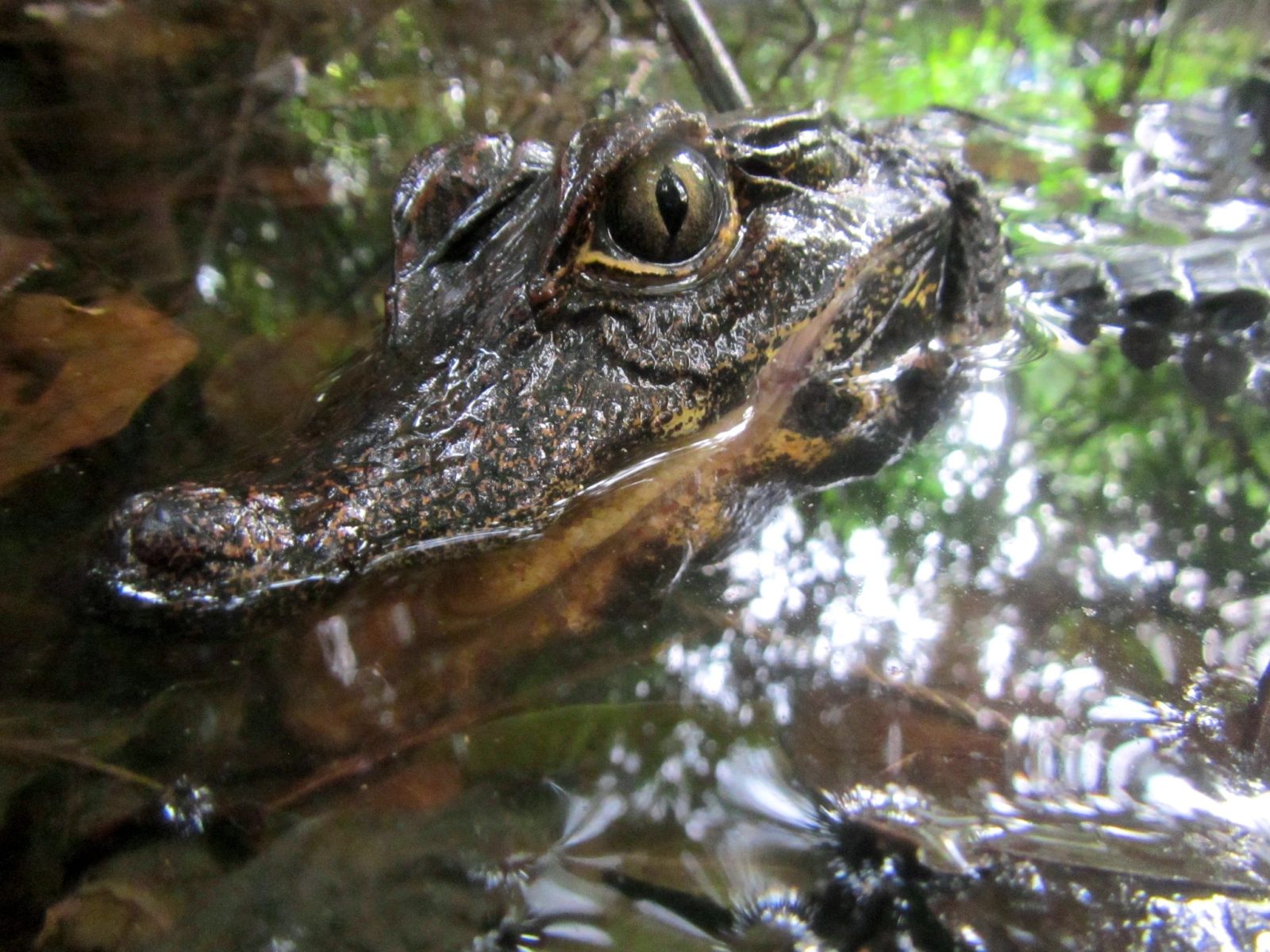
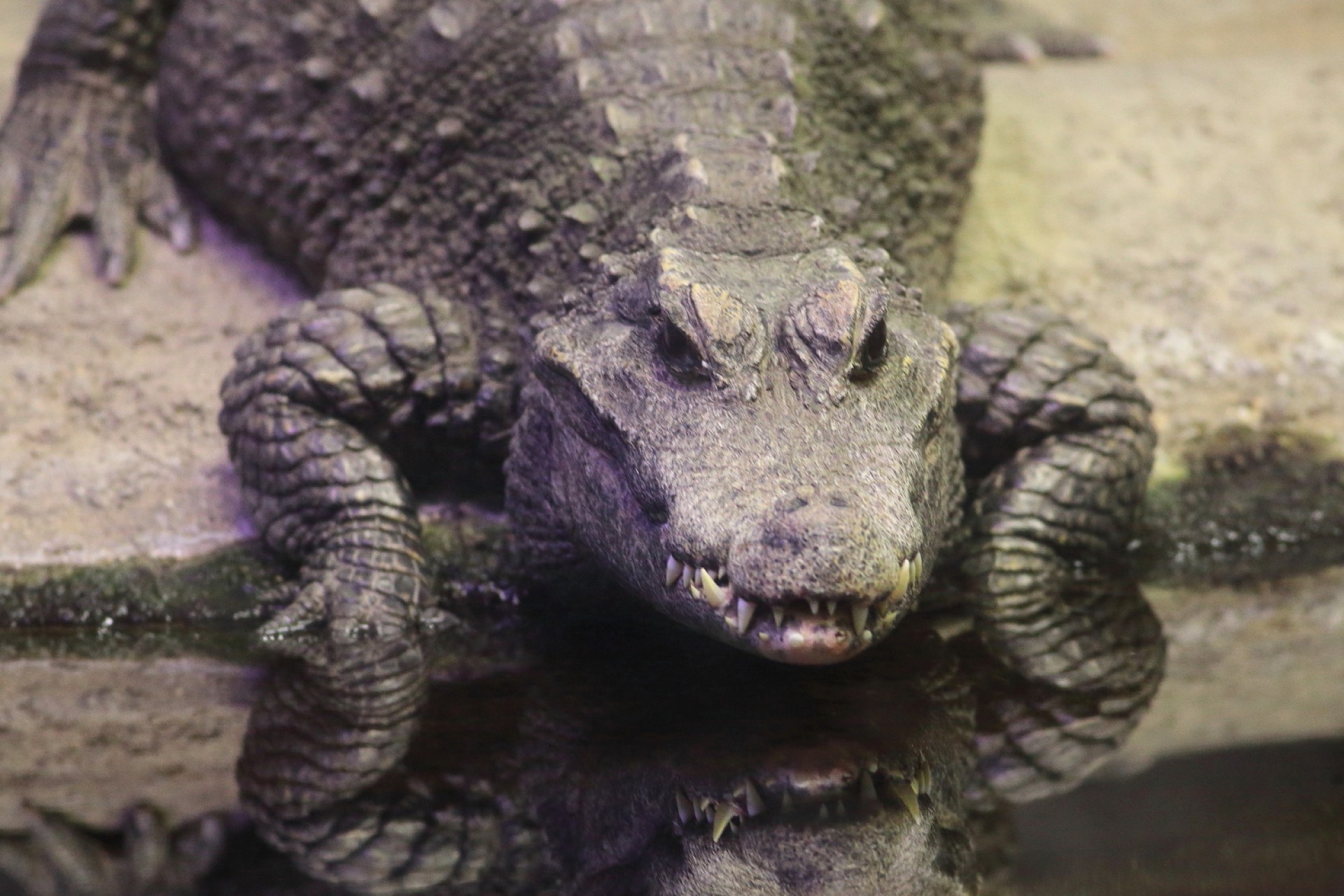
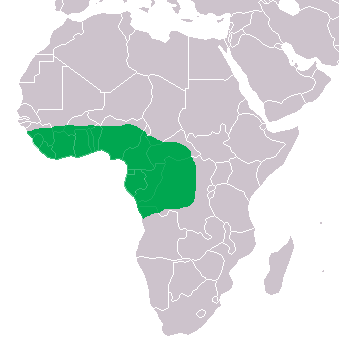
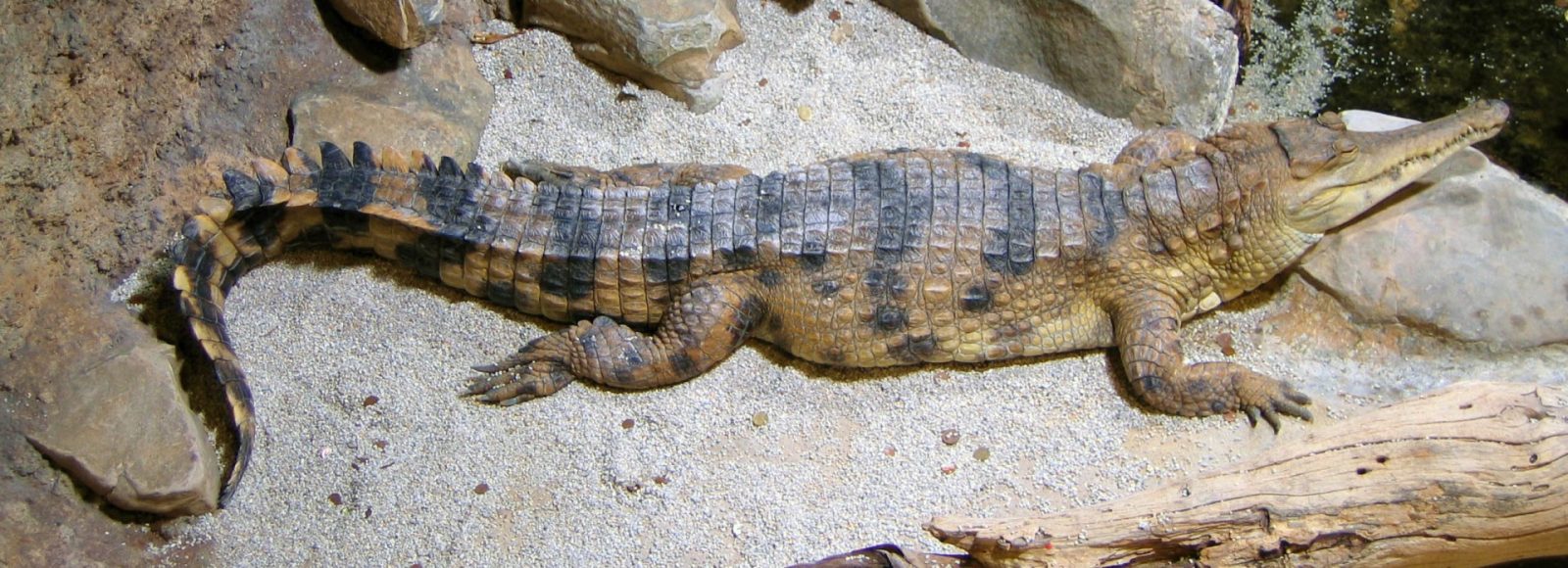

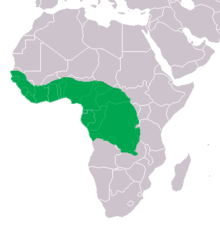 Before several studies that occurred one in 2014 and the other in 2018, it was thought that there was only one species of slender snouted crocodile – the west African slender snouted crocodile.
Before several studies that occurred one in 2014 and the other in 2018, it was thought that there was only one species of slender snouted crocodile – the west African slender snouted crocodile.